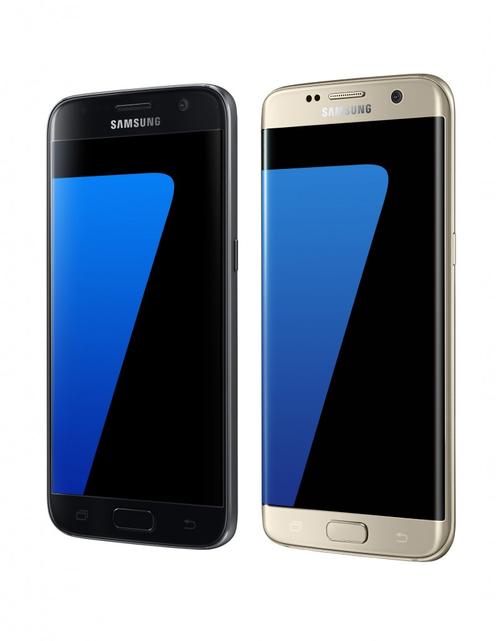Fast Charging Comes to Maturity to Support Supply Chain Tasks

Photo courtesy: Samsung
Google announced its Pixel phone bragging that it could last up to seven hours after a 15-minute charge. How cool is that? You don’t need to go through a miserable day if (or maybe more truthfully when) you forget to charge your phone the night before.
I know from experience. When I had an iPhone 5, it would be a hard day if I missed charging before I went to sleep. Then, I got the Samsung Galaxy S7 Active, and it is not a big deal anymore, because I just need to put the phone in charge for about 30 minutes, I can go almost all day.
Now the Google Pixel beats even that. (I am upset that Apple doesn’t seem to be following the trend.) Fast charging is going to change a lot of things in the enterprise, especially factories, industries, manufacturing plants, distribution centers, warehouses and retail stores. Since handheld and wearable devices are extensively used in these scenarios. Handheld and wearable devices are often used to count inventory in warehouses, distribution centers, and retail stores.
Fast charging technology adds immense value to these scenarios in at least two ways:
- No more hefty dollars spent on batteries. Now, organizations can use that money to buy more devices.
- Lightweight devices lead to a many benefits. Less stress on Workers hands, especially women’s, are stressed less. Many women we have worked with have complained about tendinitis, nerve issues, wrist pain, carpal tunnel syndrome, and more associated with carrying a two-pound device around all day.
Light devices are easier to carry and maneuver. It is much easier to move boxes while a device is worn on the arm. It is much easier to operate the equipment or machinery with a device worn on the arm, which results in improved productivity.
In warehouses and distribution centers, where workers are measured on the number of units or boxes picked or moved, a hands free tool to record those counts and report those to the warehouse management system (WMS) is very helpful and efficient. It gives supervisors best bang for their labor bucks.
These operators perform a variety of functions: receiving, sorting, quality audit, quality inspection, put away, picking, replenishment, packing, manifesting, shipping, etc. For these operators, the day begins around 7:00 AM and typically goes for eight hours. They might stop for a couple of 15-minute coffee breaks and a 45-minute lunch break.
As long as all operators make it a standard operating procedure to charge their devices during breaks, they can easily go all day and finish their work without issues. The same works very well for a multi shift scenario as well. The workers swap the devices, transfer ownership of the devices, then they continue to do their work and follow the same schedule. This works even for the three-shift scenario. Fast charging works perfectly for the mobile devices being used in the supply chain.
It doesn’t end there. There’s huge benefit for other electric equipment, such as fork lifts, lift trucks, turret trucks, reach trucks, etc. Technically, fast charging has been available for quite some time for heavy equipment.
So what are your thoughts on fast charging in your supply chain? How do you think fast charging for mobile devices will benefit It? Share your thoughts in the comments section below.


 1. Increases EPP, using budgeted line items.
1. Increases EPP, using budgeted line items. Millennial friendly technology, less onboarding time, very easy adoption – touch screen keypad, and 43% of Millennials already use IOS, familiar with Facetime, 85% of Millennials aged 18-24 own devices and 86% aged 25-34 own them, consume a lot of video on their smartphones, and are highly comfortable with this medium, they understand and like apps.
Millennial friendly technology, less onboarding time, very easy adoption – touch screen keypad, and 43% of Millennials already use IOS, familiar with Facetime, 85% of Millennials aged 18-24 own devices and 86% aged 25-34 own them, consume a lot of video on their smartphones, and are highly comfortable with this medium, they understand and like apps.